What to plant in September – the best flowers, shrubs, trees and crops to grow
Make the most of the last days of summer by planting new crops – these cooler yet still delightful days are perfect for busily planting and planning
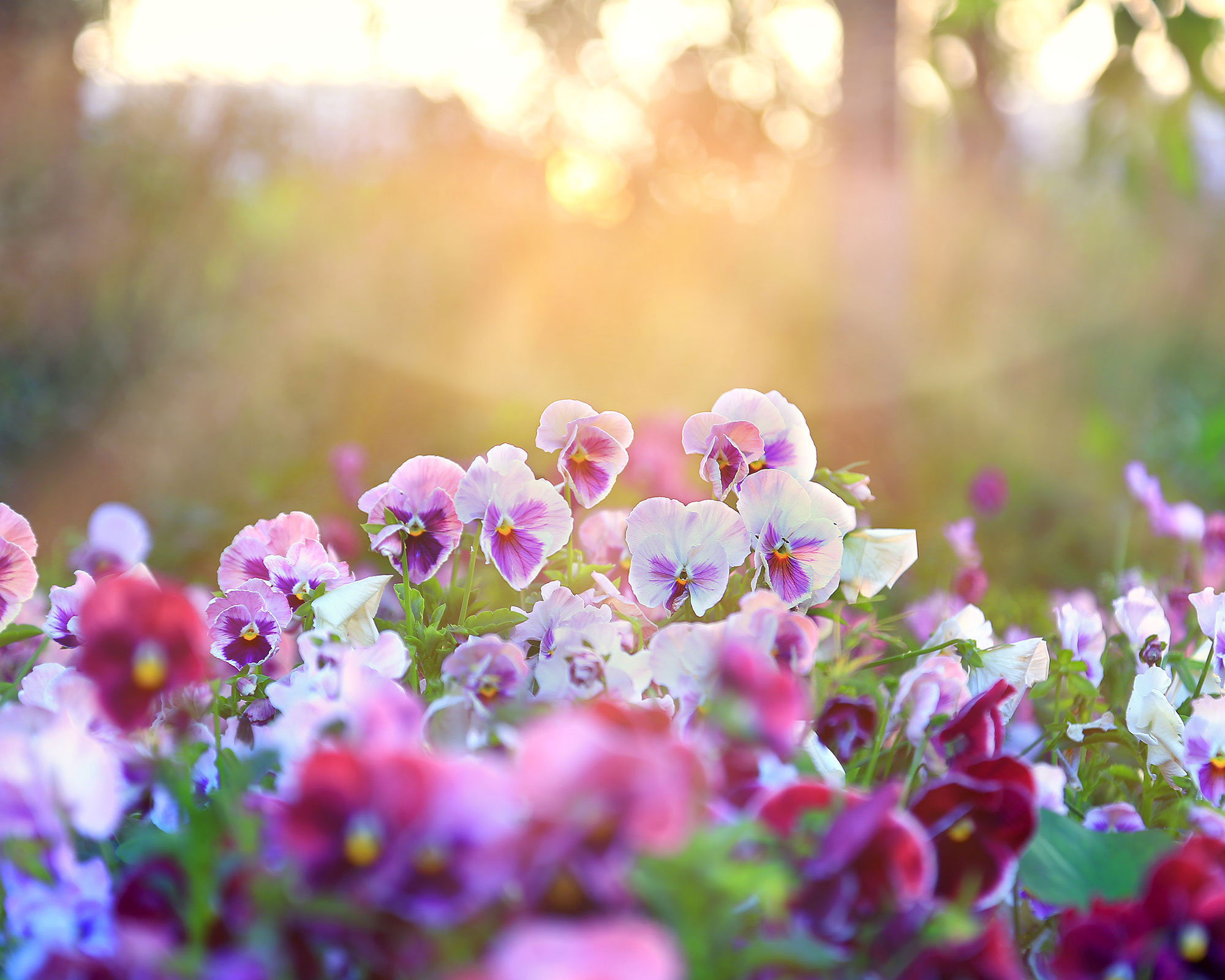

Are you searching for inspiration for what to plant in September? As we enjoy the last warm days of late summer and the peak growing season begins to gradually slow, it is the perfect time to be out in the garden planting for the seasons ahead.
Whether you're looking to include more structural trees and shrubs as part of your garden ideas, to enhance the spring and summer displays in your flower bed ideas or grow short-season edibles and winter harvesting crops for vegetable garden ideas, there is plenty to do.
As the temperatures start to cool towards the end of September, and days shorten it is the prime time to plant many additions to the ornamental and productive areas of your garden
This is what you should be planting in September
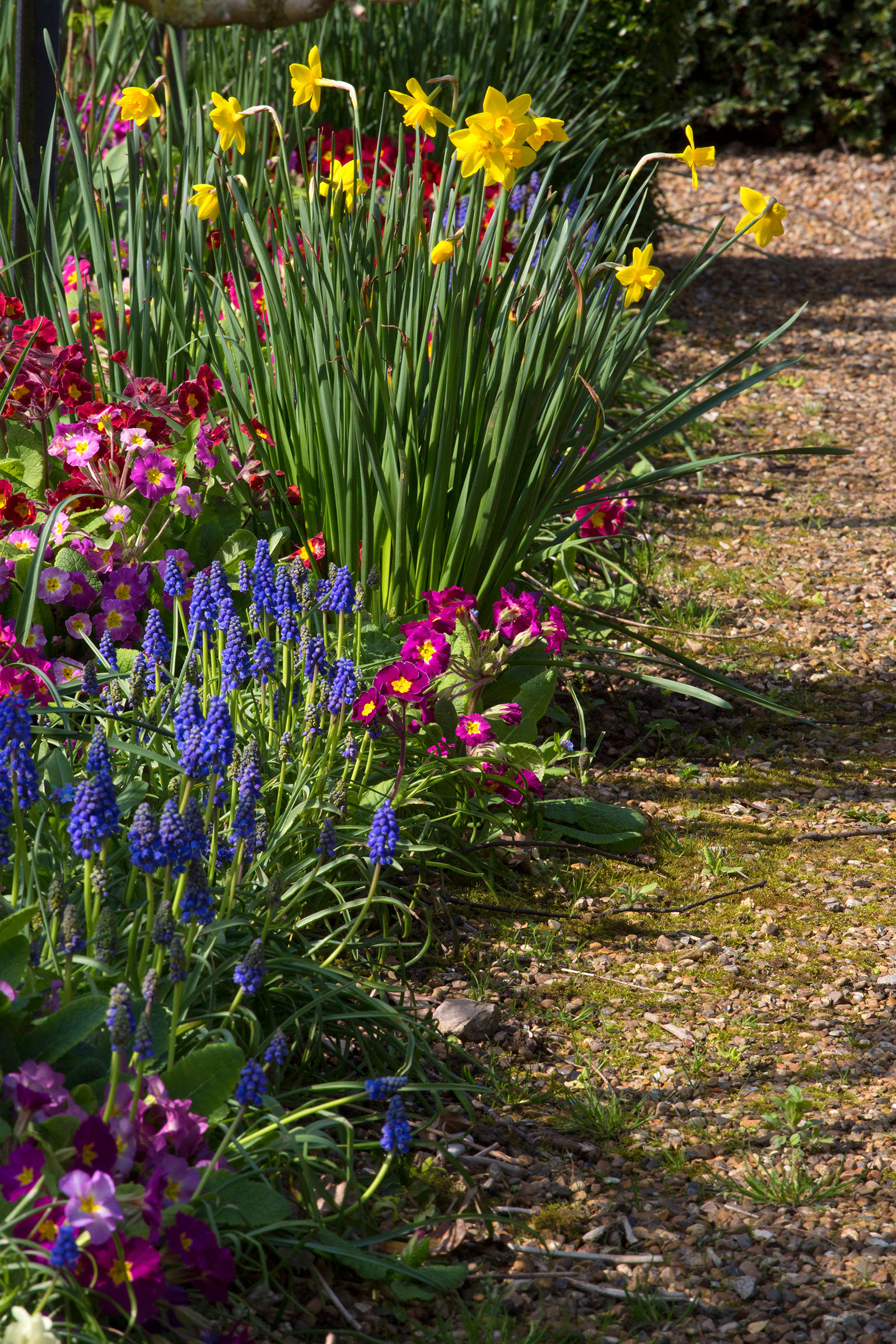
When it comes to choosing what to plant in September, there are many hardy annuals to pick from. Sowing the seeds in fall will often result in more robust plants that have a bit of a head start so will flower earlier in spring next year.
'You'll get bigger, better plants which can flower a good six weeks earlier than those that are spring sown. In fact, some varieties are utterly transformed by fall sowing,' explains plant expert Sarah Raven.
It is also a good time to be planting spring bulbs while the ground is still warm, along with some hardy winter flowers, such as flowering perennials.
1. Ammi majus
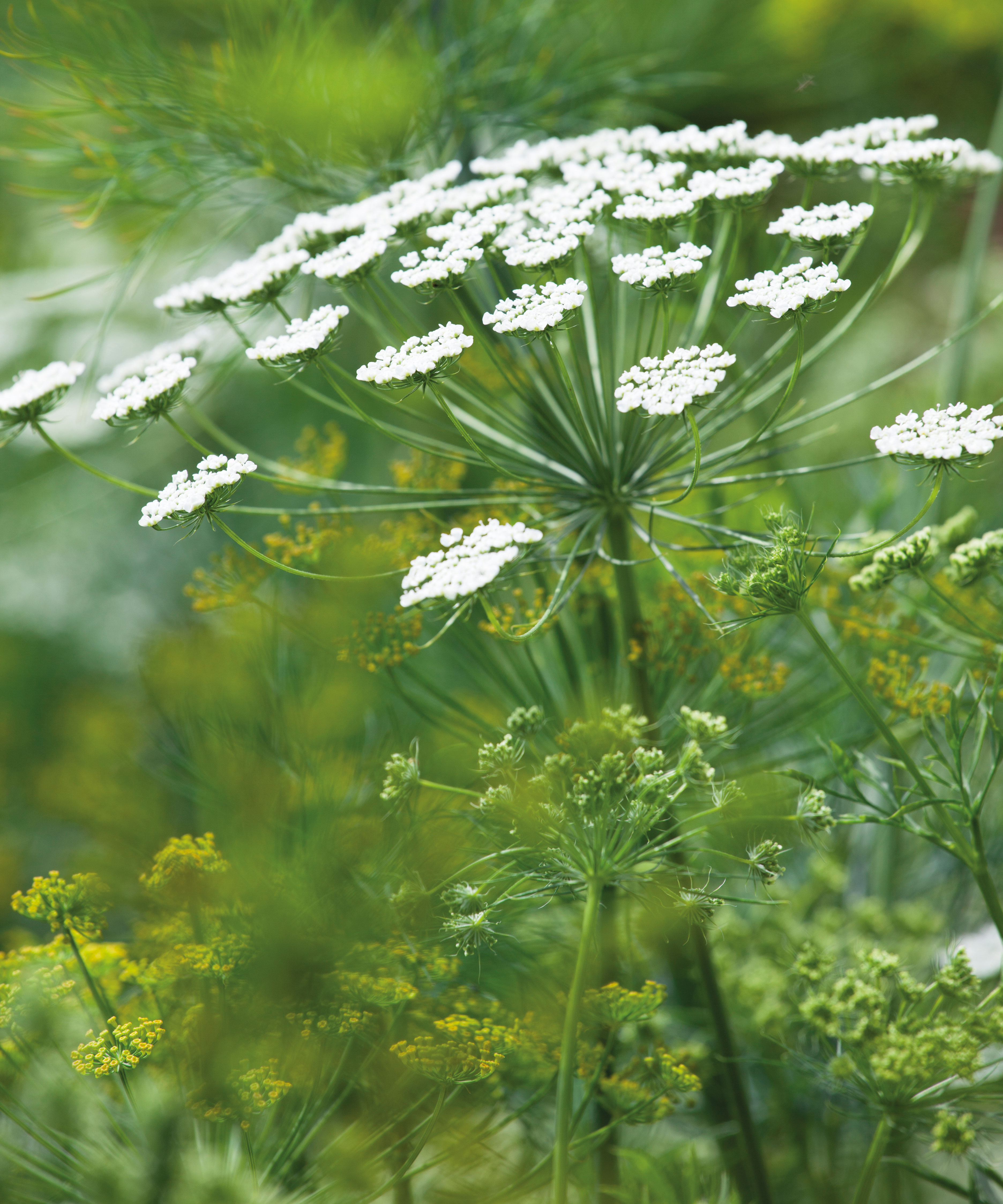
Ammi majus or bishop's flower, 'has lacy white flowers, like a more delicate form of cow parsley. It is the best white filler foliage plant you can grow when planning a cut flower garden if you're considering what to plant in September, and looks spectacular when arranged in a great cloud on its own,' says Sarah. Sow seeds direct in fall, thinning seedlings to 60cm apart, for larger and more prolific flowers by late spring.
2. Scabious ‘Black Cat’
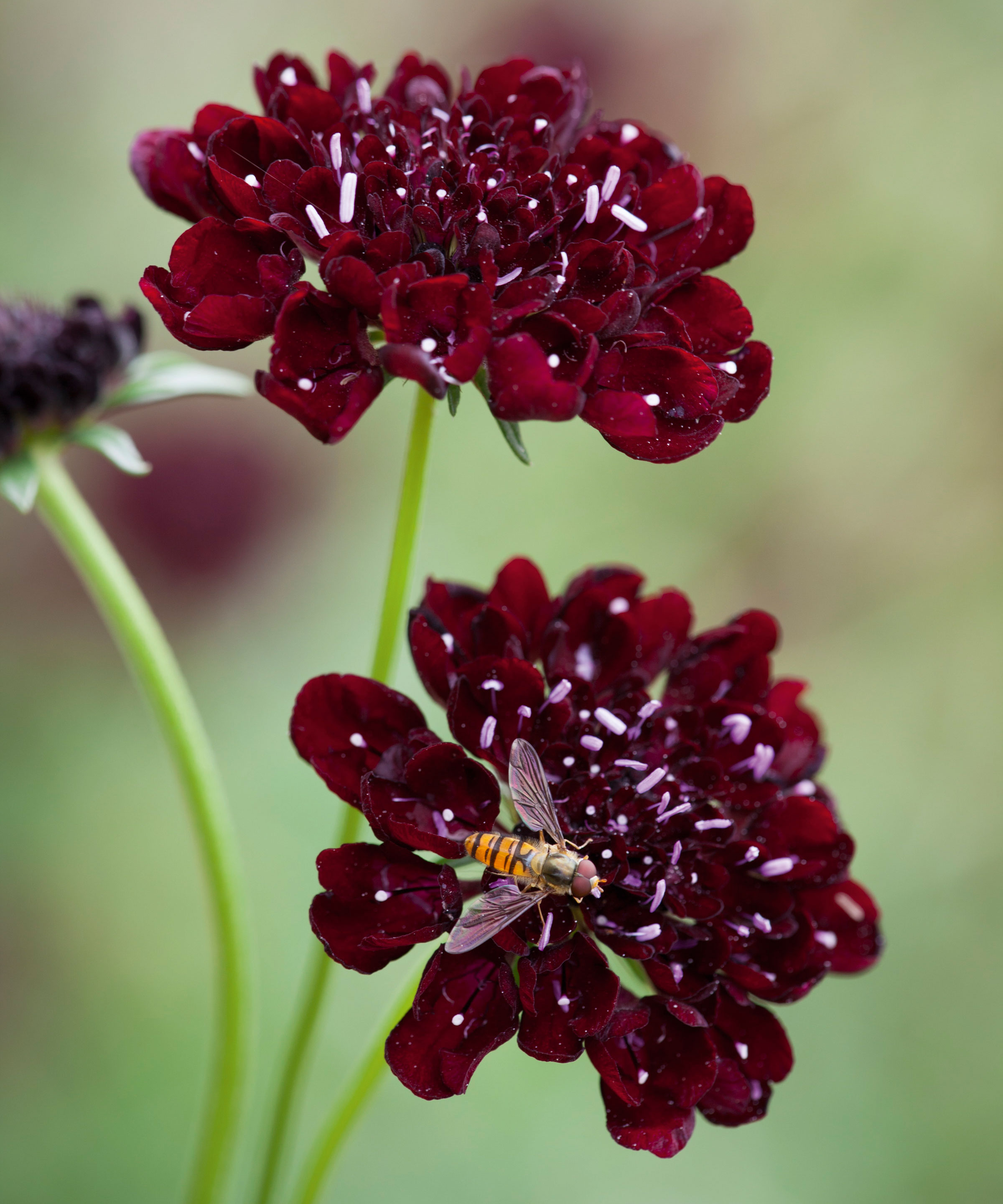
Scabious, also known as the pincushion flower, is a family of flowers known for their reliability. 'Scabious ‘Black Cat’ has gently scented, dark, rich velvet, crimson, mini-pincushions on long, wiry stems,' says Sarah.
Flowering over a long season, it is an insect-friendly choice, so among the plants for pollinators.
Sow under cover in gentle heat and overwinter seedlings somewhere cool and bright.
3. Euphorbia oblongata
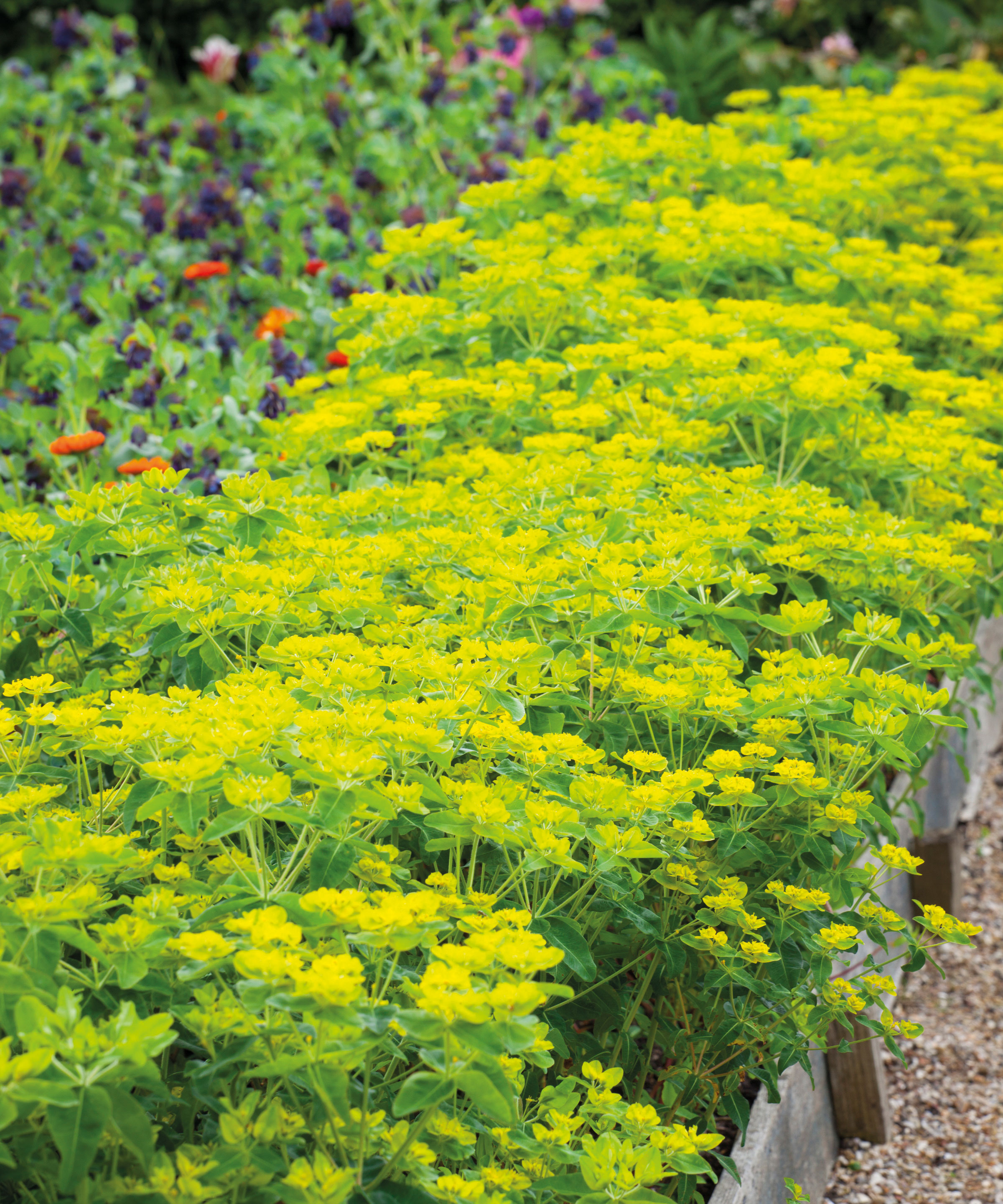
Euphorbia oblongata with its brilliant acid-green flowers and bold, strong shapes, 'is really a short-lived perennial, but it flowers best in its first year, so treat it as a hardy annual,' says Sarah.
'Sow under cover this month, then either plant seedlings out in mild gardens or overwinter in a cold frame or unheated greenhouse to plant out in the spring. Cut flowers with care and use gloves to avoid the milky sap which can cause severe skin irritation.'
Euphorbia is also a popular cottage garden plant, if you are planning a cottage garden scheme.
4. Calendula – English or pot marigolds
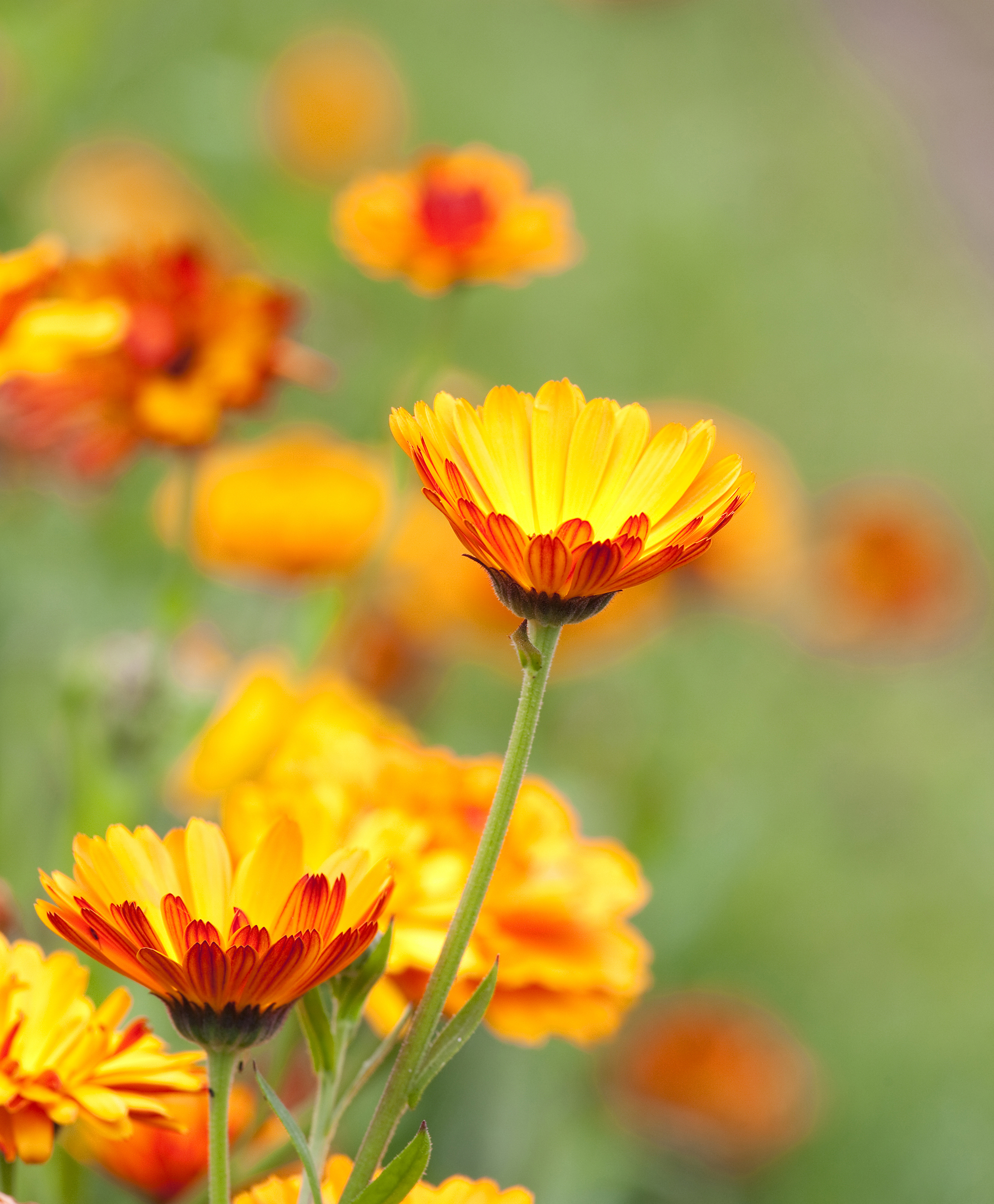
Hardy annuals, calendula bring a cheery splash of color to beds and borders, and their deep orange petals can also be used raw in salads.
Also known as English or pot marigolds, they should not, however, be confused with marigolds that are part of the tagetes family. How to grow marigolds of this variety is quite different.
Sow calendula seeds in September where they are to flower. First improve the soil with well-rotted compost, or use a peat-free multi-purpose compost if planting in containers. Sow the seed thinly in rows, 1/2 inch (1cm) deep, and cover lightly with soil. Keep them weed-free while they germinate, and once seedlings have grown, thin them to 4-6 inches (10-15cm) apart. They should flower in May when sown in the fall.
Loved by bees and butterflies, calendula also makes an excellent flower choice for companion planting if you are planning a kitchen garden, as its strong scent also confuses pests.
'If you want a plant that works hard and looks great, you need calendula in your garden,' says Amy Enfield of Bonnies Plants.
5. Daffodils
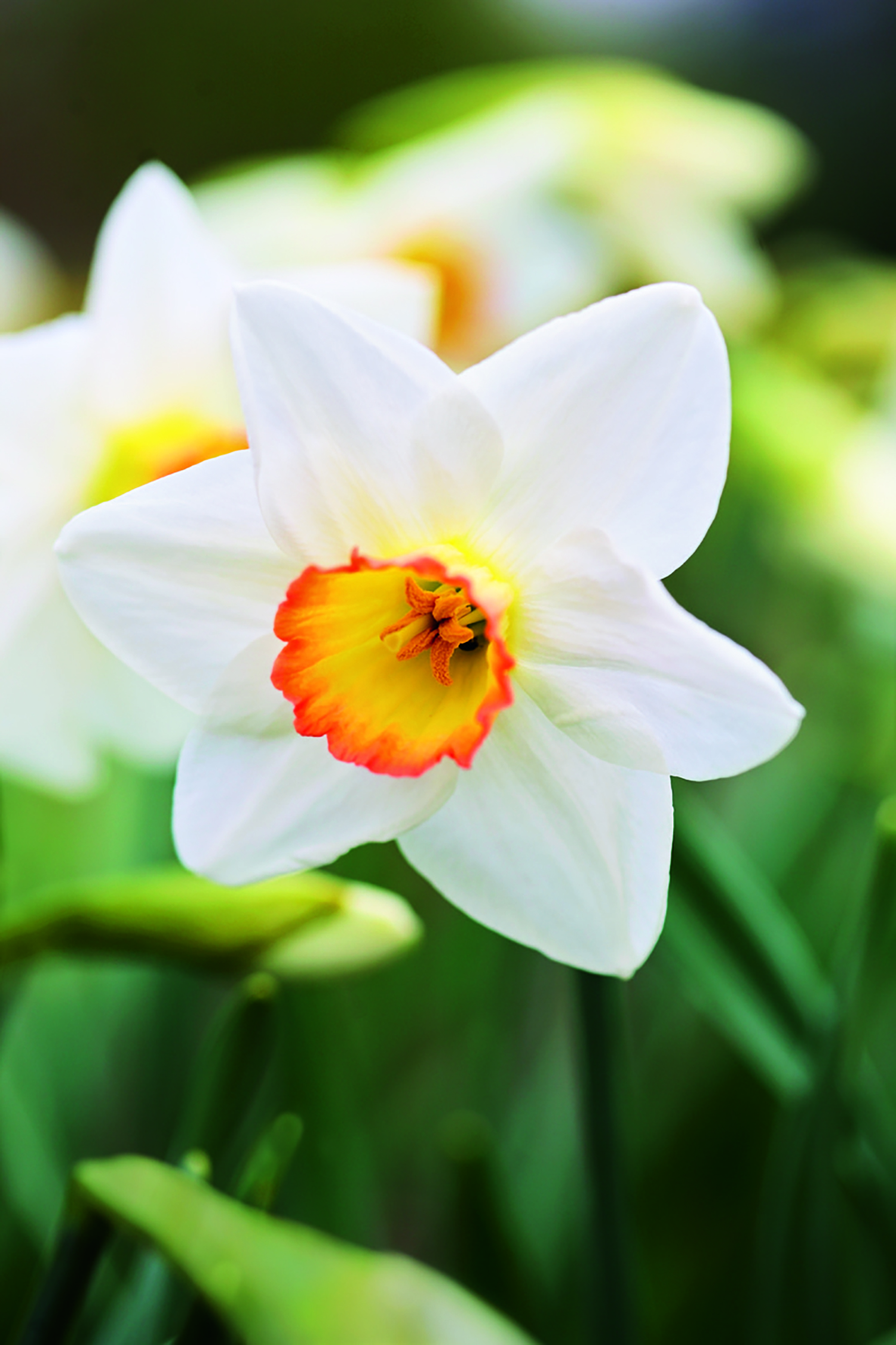
The harbingers of spring, daffodils and narcissi fill beds and borders with their gently nodding yellow or white heads, or can be naturalised in lawns and meadows. With myriad varieties available, you'll be spoilt for choice when deciding what to plant in September.
It is easy to learn how to plant daffodil bulbs, which are best planted in fall, in sun or part shade.
'You need to plant the bulbs deep so that they have stronger stems, but also so there is less chance of damaging the bulbs when you dig in new plants next year,' explains gardening expert Monty Don in a video for Gardeners' World.
'Daffodils should stay and flower for years and years,' adds Monty.
Also ideal for spring container gardening displays, ensure the daffodils are planted in a pot has adequate drainage by putting some broken crockery or stones in the bottom, and then fill with multi-purpose compost. Water thoroughly and leave the pots in a cool spot until leaves appear, and plant along with other best winter plants for pots and borders.
6. Pansies
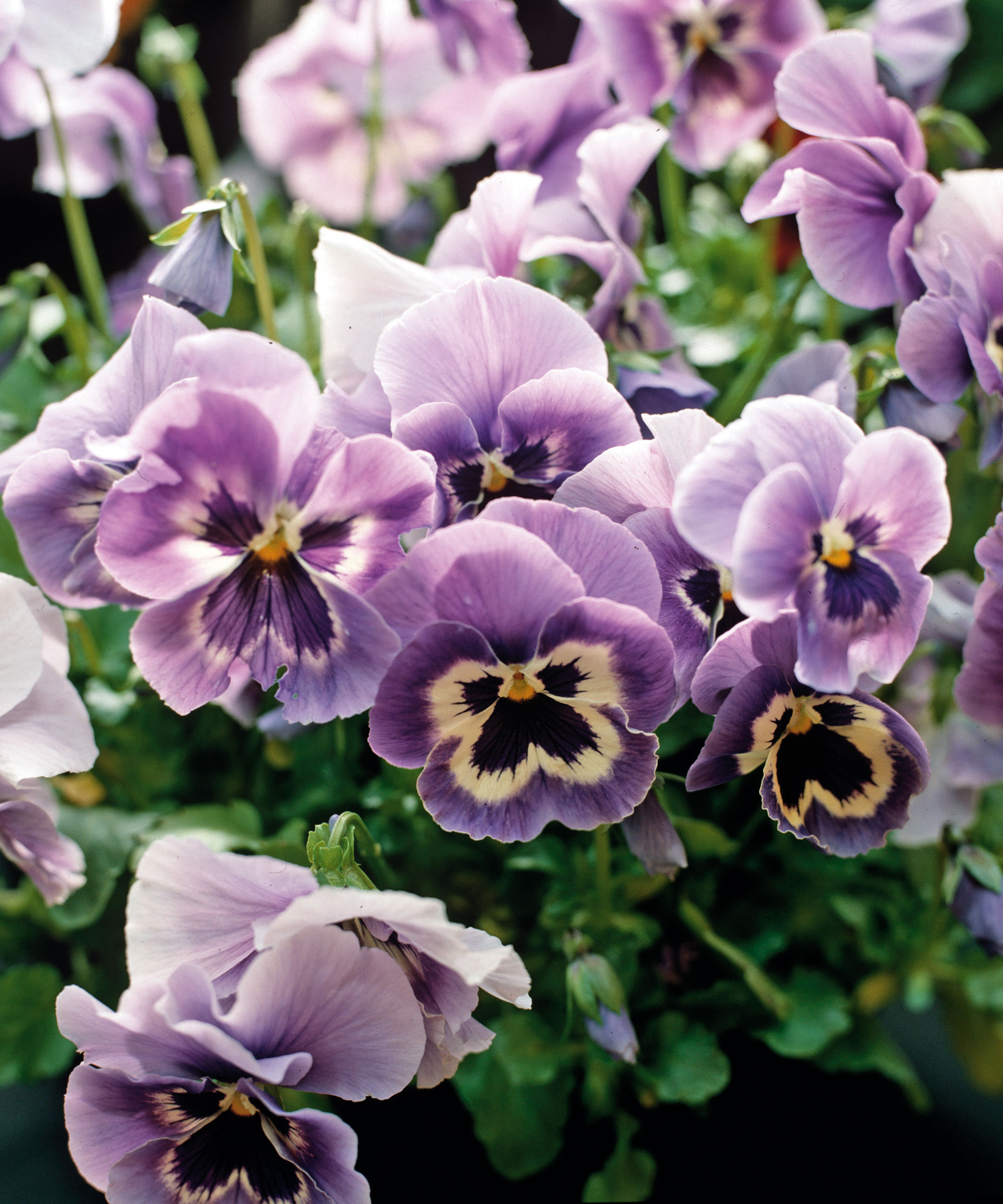
Winter pansies can breathe new life into your fall garden and brighten up garden beds and containers through the colder and darker months with their pretty blooms available in a huge array of colorful combinations.
It is easy to learn how to grow pansies 'and they require only a minimum of care to provide a very long flowering season,' explains Simon Crawford at Burpee Europe.
Start planting these small perennials in September to give their roots time to grow enough to survive winter. Plus, by planting pansies in fall, you'll get to enjoy their flowers through winter and again in spring.
Fertilize after planting and add a thick layer of mulch around them once the ground freezes to help them overwinter.
To keep them looking their best, find out how to deadhead pansies and they will bloom for longer.
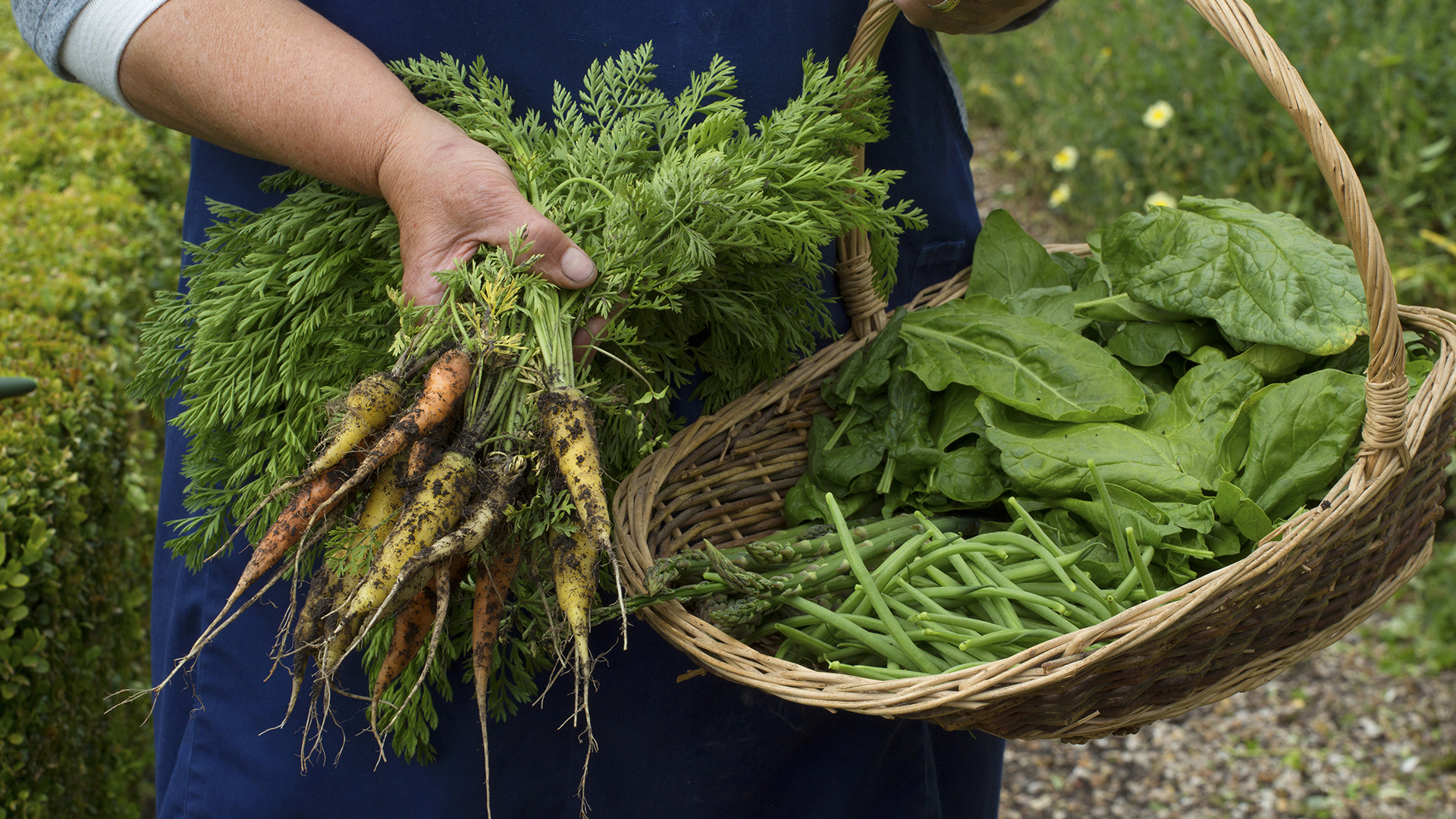
What vegetables should I be planting in September?
September is a bumper harvest month, so it can be hard to think ahead for future crops. There are, however, many vegetables to plant in September, so take the opportunity to plant crops that will provide winter harvests and earlier spring and summer veg, and which are also great additions for small vegetable garden ideas.
It is particularly important to make the most of every available space and time for planting for small vegetable garden ideas.
1. Spring onions
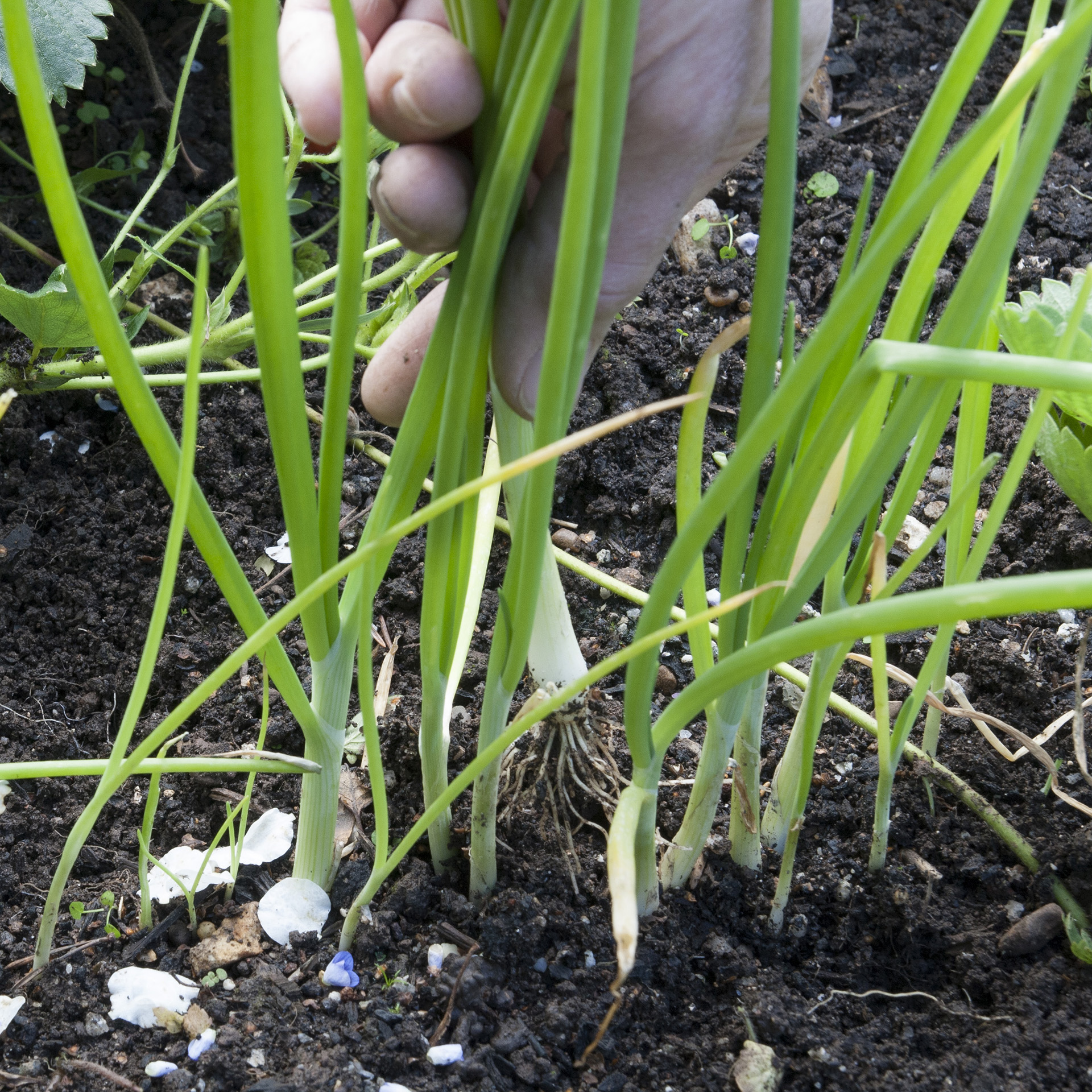
Spring onions sown now will give you a lovely start to the spring harvest. Learn how to grow spring onions and start off seeds in a seed tray and then transplant to their final area when seedlings are large enough to handle.
If you have a shady garden, spring onions are also among the easiest vegetables to grow in shade.
2. Garlic
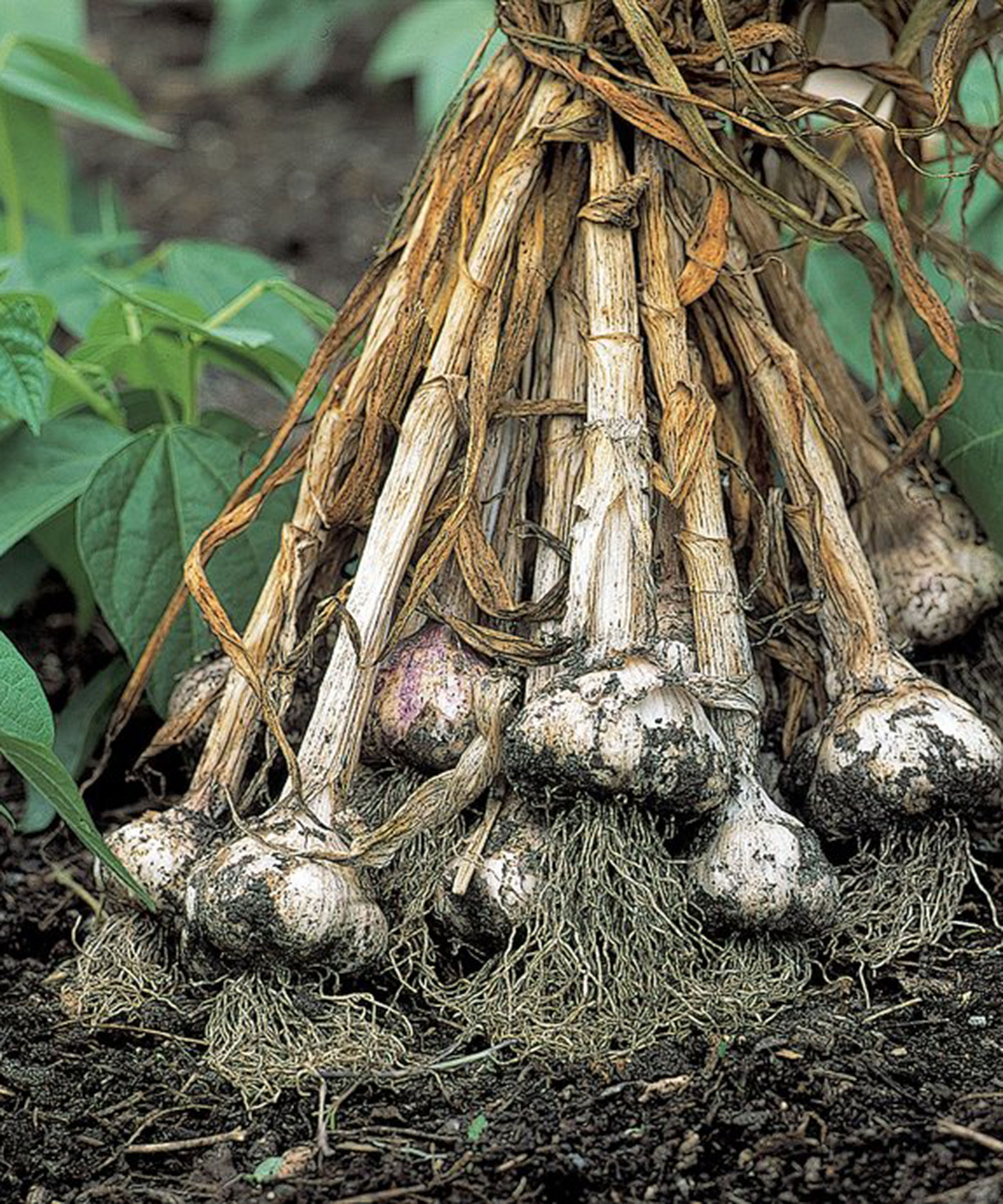
Garlic is such a versatile vegetable and used as an ingredient in so many dishes it is a worthwhile crop to grow. Growing garlic does take some time as it needs a long growing season to thrive – sowing in September will ensure a bigger and better crop is produced.
It will take about 10 months from planting the cloves in fall, until you can harvest your homegrown garlic bulbs and replenish your stocks of this essential kitchen ingredient.
Plant in rows spaced 30cm apart just below the soil surface, spacing each clove 15cm apart.
Once you have grown your own pungent bulbs, also ensure you know how to store garlic to keep it fresh.
3. Shallots

Shallots have a long growing cycle, so planting these seeds now will ensure a summer harvest. Space them 20cm apart, allowing 30cm between rows. Cover with fleece or netting to protect the bulbs from birds.
4. Spinach
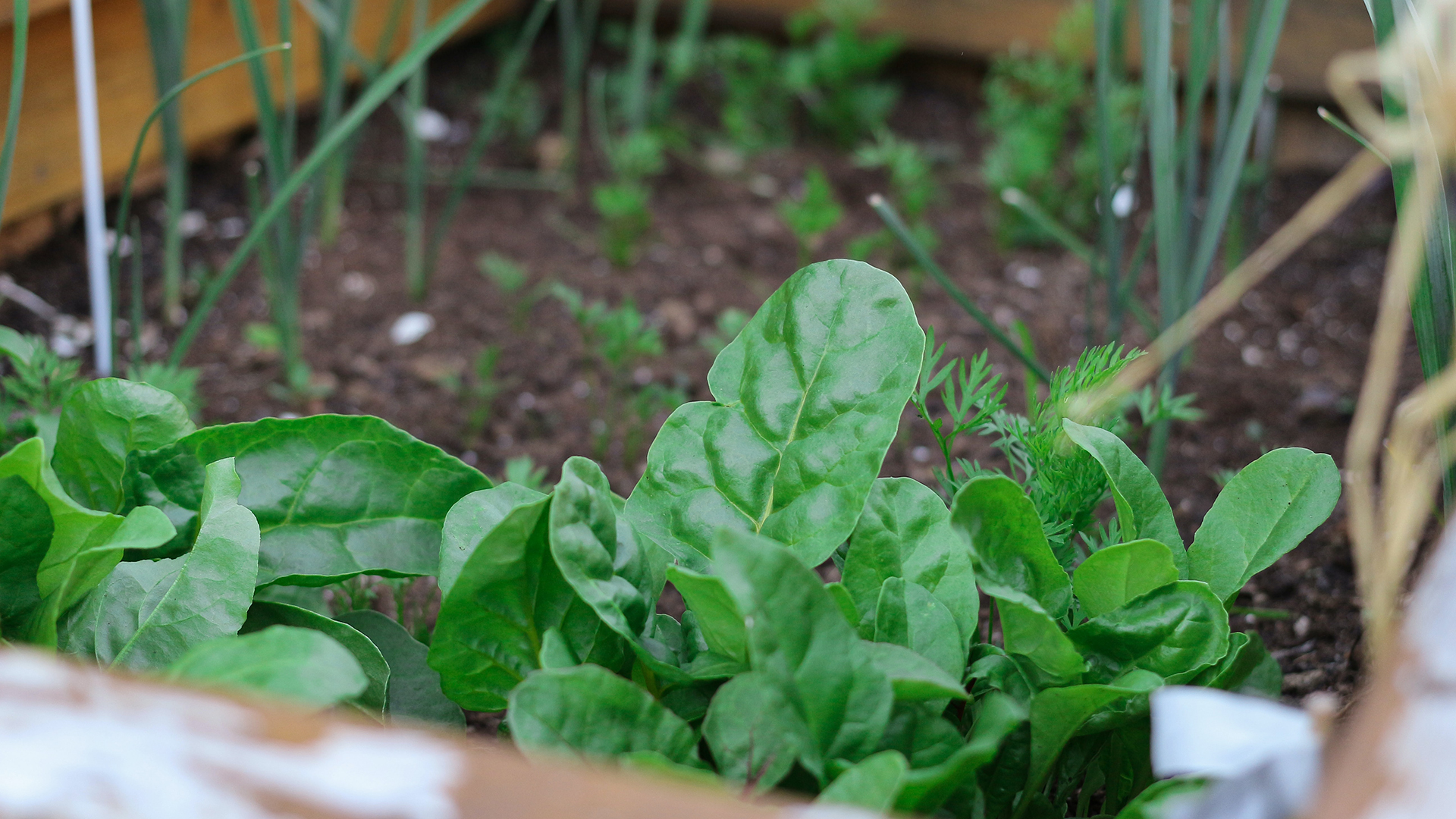
Tasty, nutritious and easy to grow, plant hardy winter varieties of spinach in September for a winter harvest. The versatile veg is great for adding to warming curries, pies or stews.
The key to success in how to grow spinach is to first enrich the soil by digging in some good quality garden compost. 'There is no such thing as putting too much compost in garden soil. Vigorous spinach is tasty spinach,' advises Simon Crawford.
You could be harvesting spinach leaves within 6 to 10 weeks. Spinach is also a good crop for growing in containers.
5. Radishes
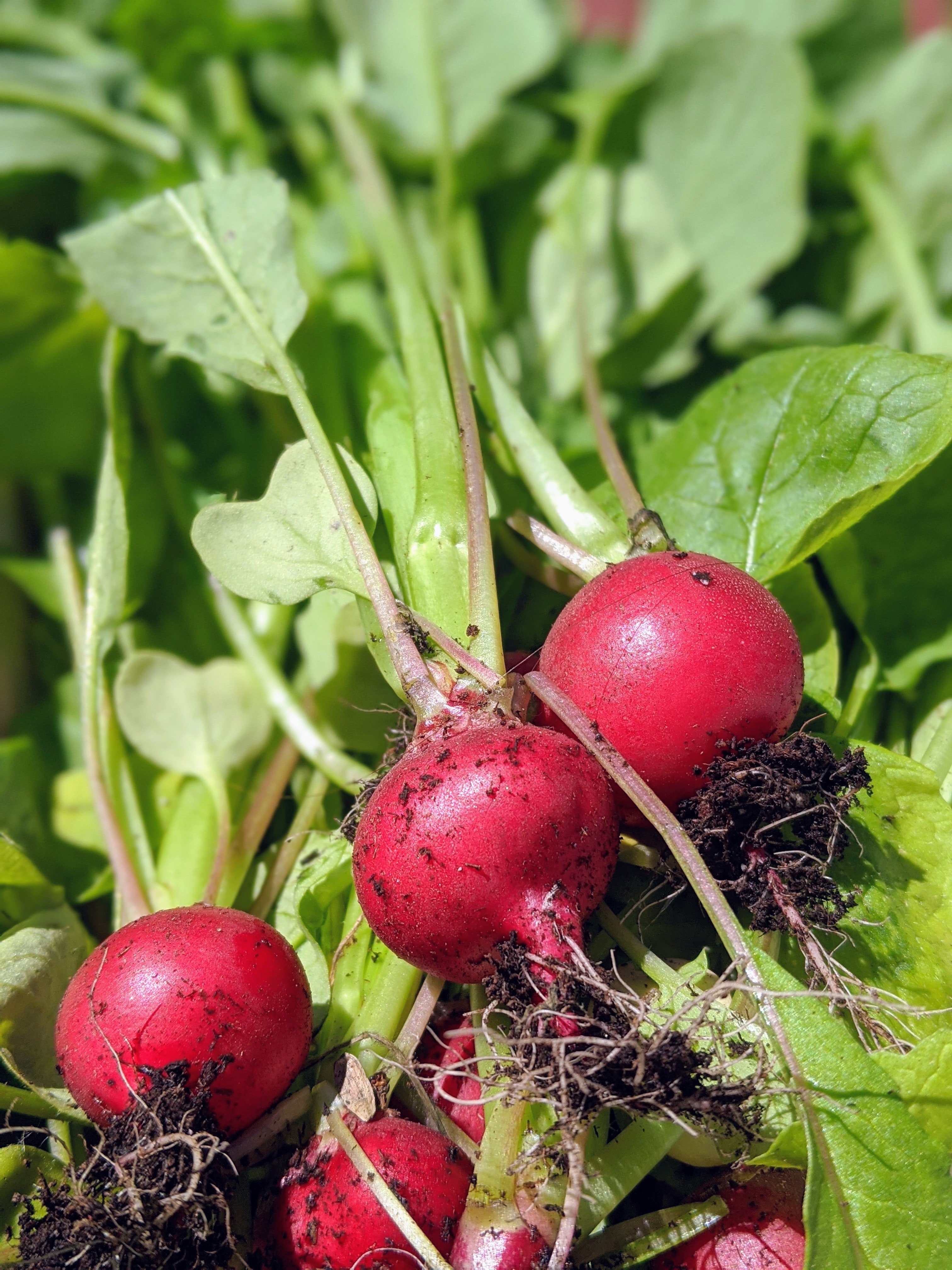
With their fresh, peppery taste and colorful skins, radishes can be added to salads or roasted for a more subtle, earthier flavor.
Fall grown radishes can be bigger and better as they are less likely to bolt quickly like their spring grown cousins.
A quick and easy fall crop, how to grow radishes successfully is to ensure they have a sunny position in moist well drained soil - as long as they have those conditions they can cope with most soil types.
September is an ideal month for when to plant radishes. They are quick to grow so sow radish seeds sparingly, but often, to enjoy a continual harvest through fall and winter. There are signs for when to harvest radishes to pick them at their best.
They are also among the easiest vegetables to grow.
6. Turnips
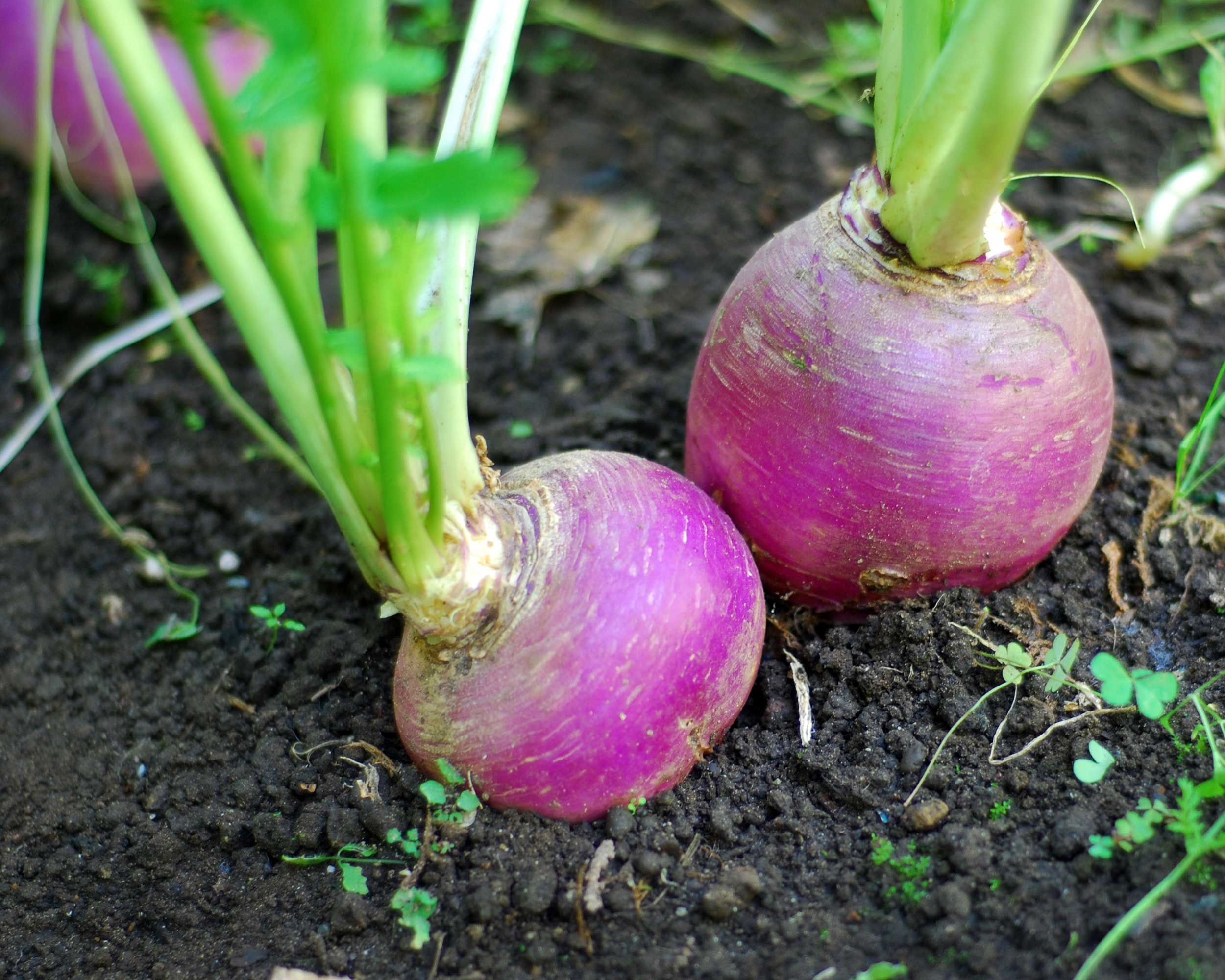
If you get them in early at the beginning of the month, there is still time to sow turnips for a fall or winter harvest.
This fast growing crop is best sown little and often. Grow in cool, moisture-retentive soil, in a sunny location, or in large containers to harvest as baby veg – lovely for roasting or using in salads.
Shrubs and trees to plant in September
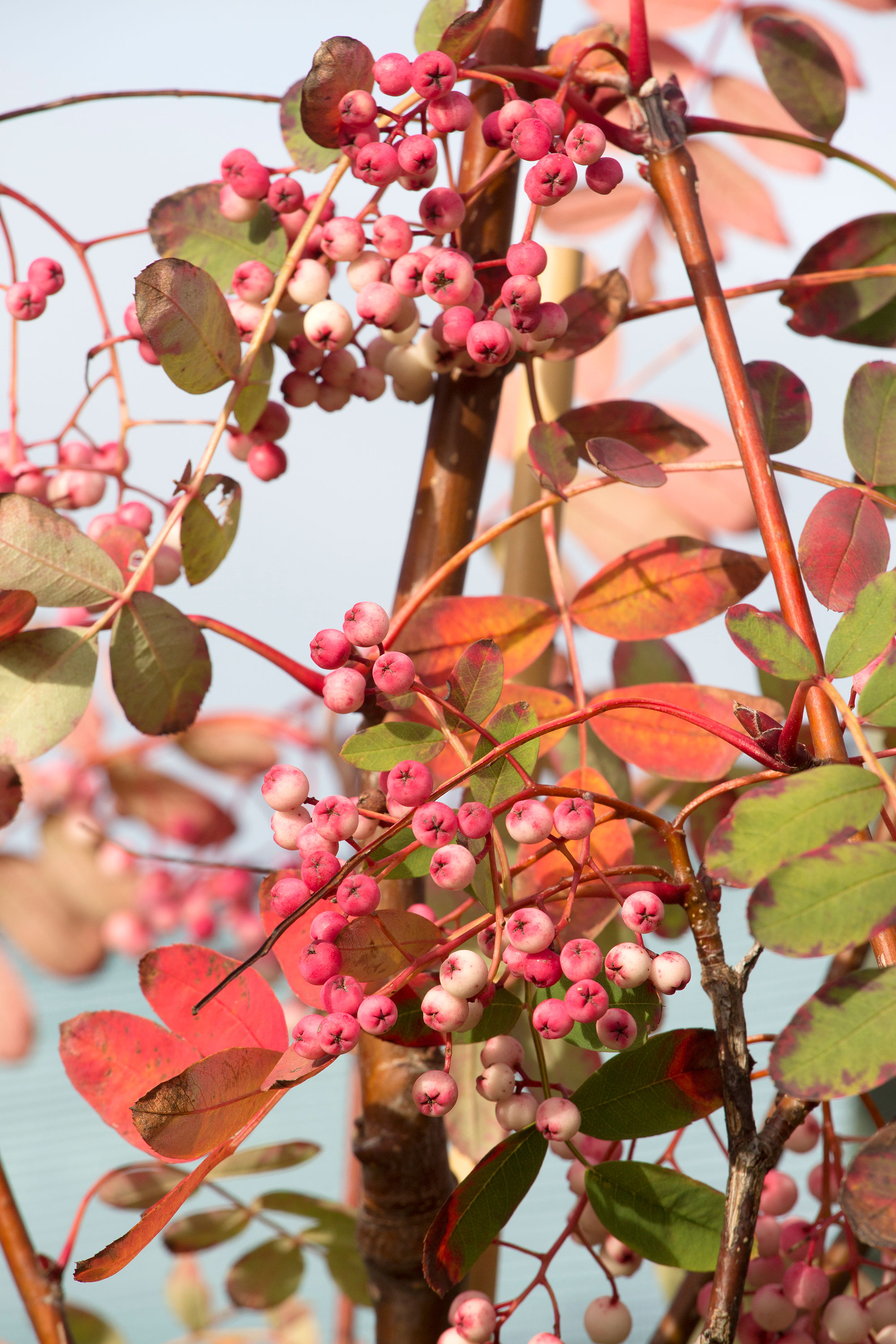
Early fall is nature's planting time - so when deciding what to plant in September look to evergreen trees and shrubs.
If planted at this time, trees and shrubs will require minimal attention as the roots should take well and establish while the soil is still warm and moist.
'Chances are, if you plant now you will have less aftercare to administer next season,' explains gardening writer Andy McIndoe and author of Shrubs: Discover the Perfect Plant for Every Place in Your Garden.
Ground preparation is the key to successful planting. Dig in plenty of homemade garden compost or a shrub and tree compost.
There are many options for trees and shrubs to plant in September that will also offer color through the season.
1. Cotinus – smoke bush
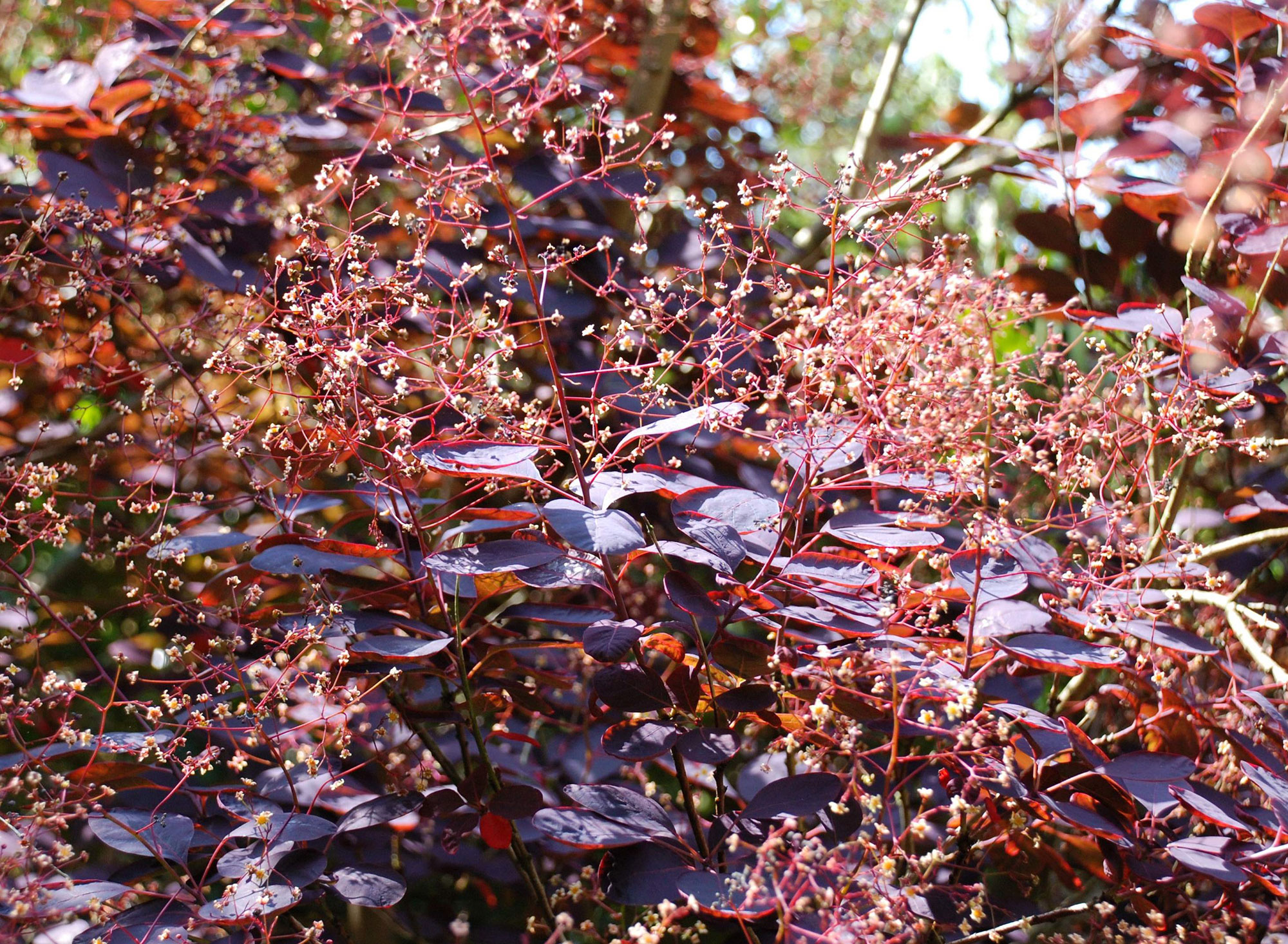
Cotinus varieties offer a range of leaf color, ranging from green to purple and lovely fiery hues of yellow to deep scarlet in fall.
Also known as the smoke bush, due to the soft pink summer flowers that resemble clouds of smoke, continus can grow quite large, although can be pruned to manage their size.
Be sure to water the plant thoroughly before removing from its pot and dig a hole deep and wide enough to fit the rootball with space around. Backfill and then firm the soil around the roots.
2. Hydrangeas

The striking flowerheads of hydrangeas are a common sight in gardens and come in a range of shapes and in shades of blue, pink and white.
'Hydrangeas are a beautiful choice for color throughout summer into fall and do best in dappled shade. Plant in swathes of mixed hues, or repeated varieties for impact,' says gardening expert Leigh Clapp.
If you are growing hydrangeas, this deciduous hardy flowering shrub should be planted in September when the ground is warm and moist.
They do well in most soil types, as long as it is well drained, but the pH of the soil will change the color of the flowers of some varieties. Some plants that usually have pink flowers will appear blue if the soil is acidic rather than alkaline.
'As their names suggest, hydrangeas like moisture, so give the new plants a mulch with leaf mold to help keep the moisture in,' explains Monty Don.
With many different species, it is important to know when to plant hydrangeas of different varieties and how to prune hydrangeas so that you enjoy success with your plants.
3. Japanese maple – acer palmatum

Varieties of Acer palmatum or Japanese maple trees offer wonderful choices of color in fall and the trees have a variety of shapes. They are among the best trees for fall color.
'I would always choose a purple-leaved variety like ‘Bloodgood’ or ‘Fireglow’. These give you colorful foliage through spring and summer and a splendid show in fall,' says Andy McIndoe.
For a Japanese garden, plant acers in September, choosing a sheltered, lightly shaded spot. Dig a hole twice as wide and a bit deeper than the root ball. If the soil is heavy add a layer of planting compost mixed with grit. Water well once planted and keep well watered in first growing season.
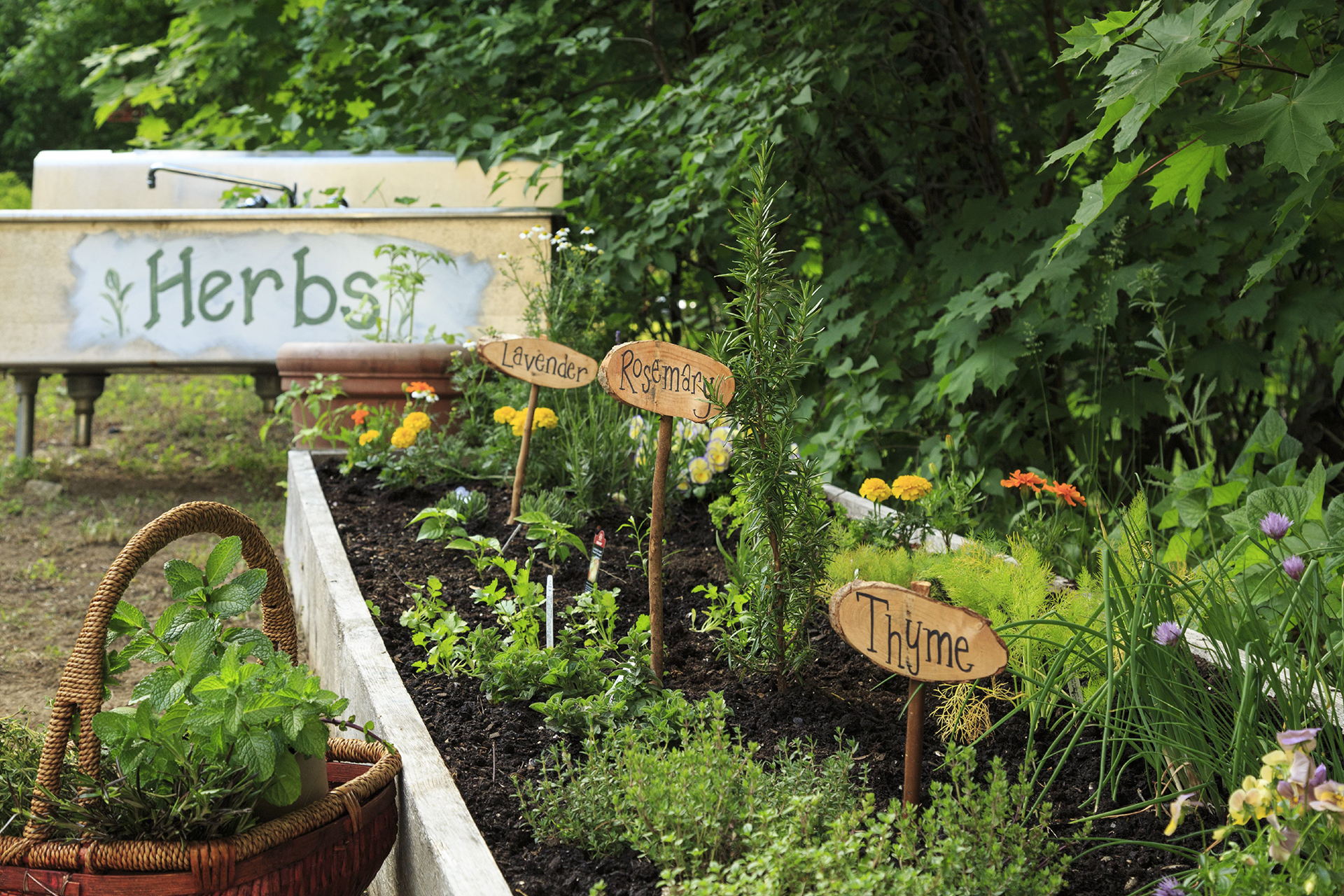
Herbs and salads to plant in September
At this time of year, the warm soil, cooler weather, and moisture in the ground help herb and salad plants to establish quickly.
There are some herbs that actually grow better in fall as part of your herb garden ideas than in spring as they are less likely to bolt with the weather is not so warm. This means September is a good time to plant certain herbs.
1. Cilantro – coriander
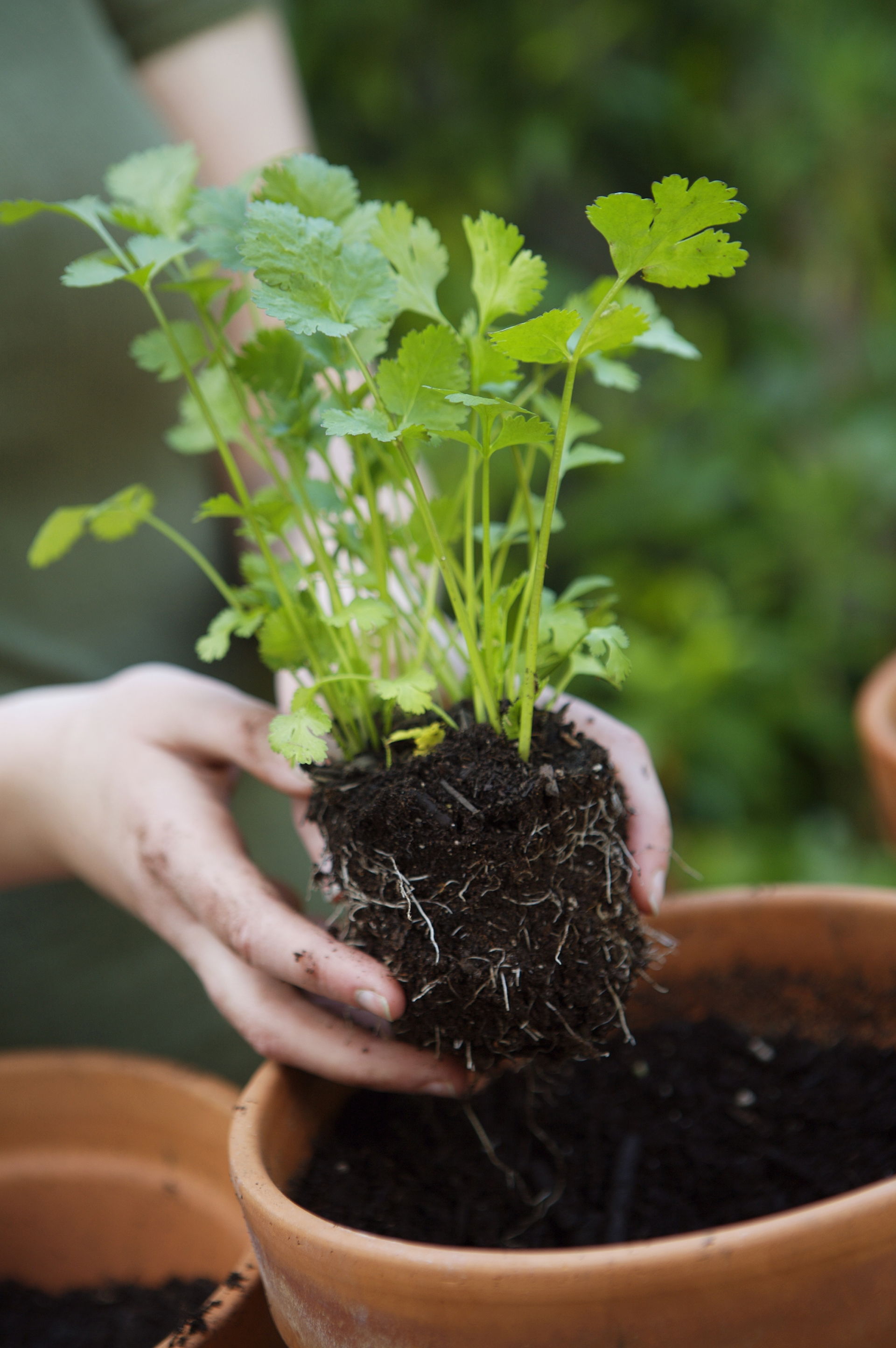
Cilantro is used widely in eastern and Indian cooking and also adds a distinctive, pungent flavor to salad dishes,
It's easy to grow cilantro, which can be sown directly in the soil in September. Choose a spot close to the kitchen so that you can quickly pop out and harvest the leaves of this popular herb regularly for use in many dishes. It is best to sow the seeds little and often.
Learn how to harvest cilantro so that you can enjoy a continual harvest of the tasty and versatile leaves.
2. Rocket
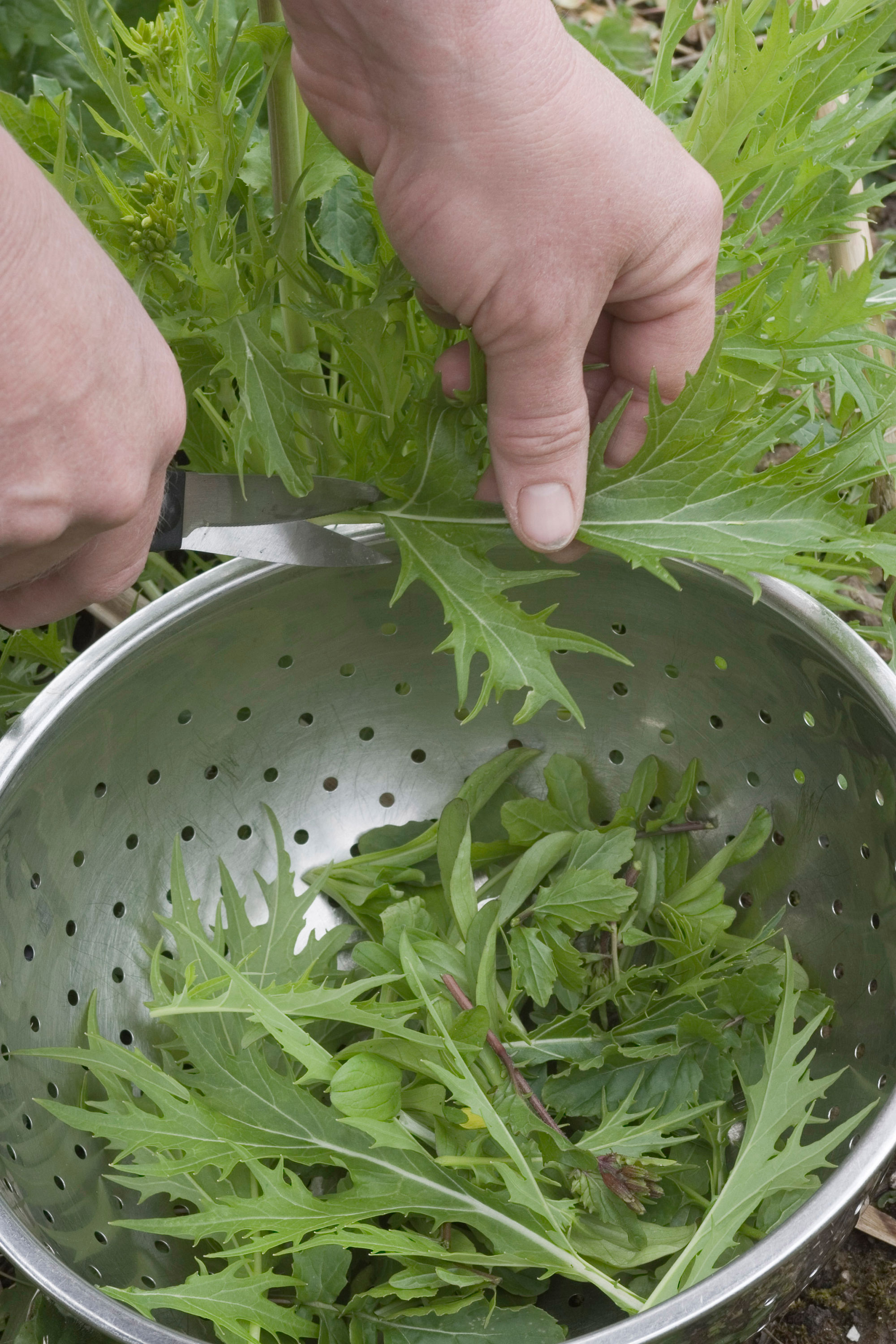
Although we commonly associate them with summer dishes, salad leaves should not be discounted when considering what to plant in September as part of your kitchen garden ideas.
Spicy and peppery rocket leaves are a great choice when you're thinking about what to plant in September, and add a distinctive taste to salads, or added to pasta dishes before serving.
Sow a small amount of seeds in a sunny, weed-free patch with well-draining soil, every couple of weeks for successional harvests. Space seeds about 1 inch (3cm) apart, and cover lightly with soil, then water in well. Cover crops with horticultural fleece when the temperature drops.
You will be able to harvest leaves about 4 weeks after sowing, and pick the younger leaves, which are milder and more tender.
3. Winter lettuce
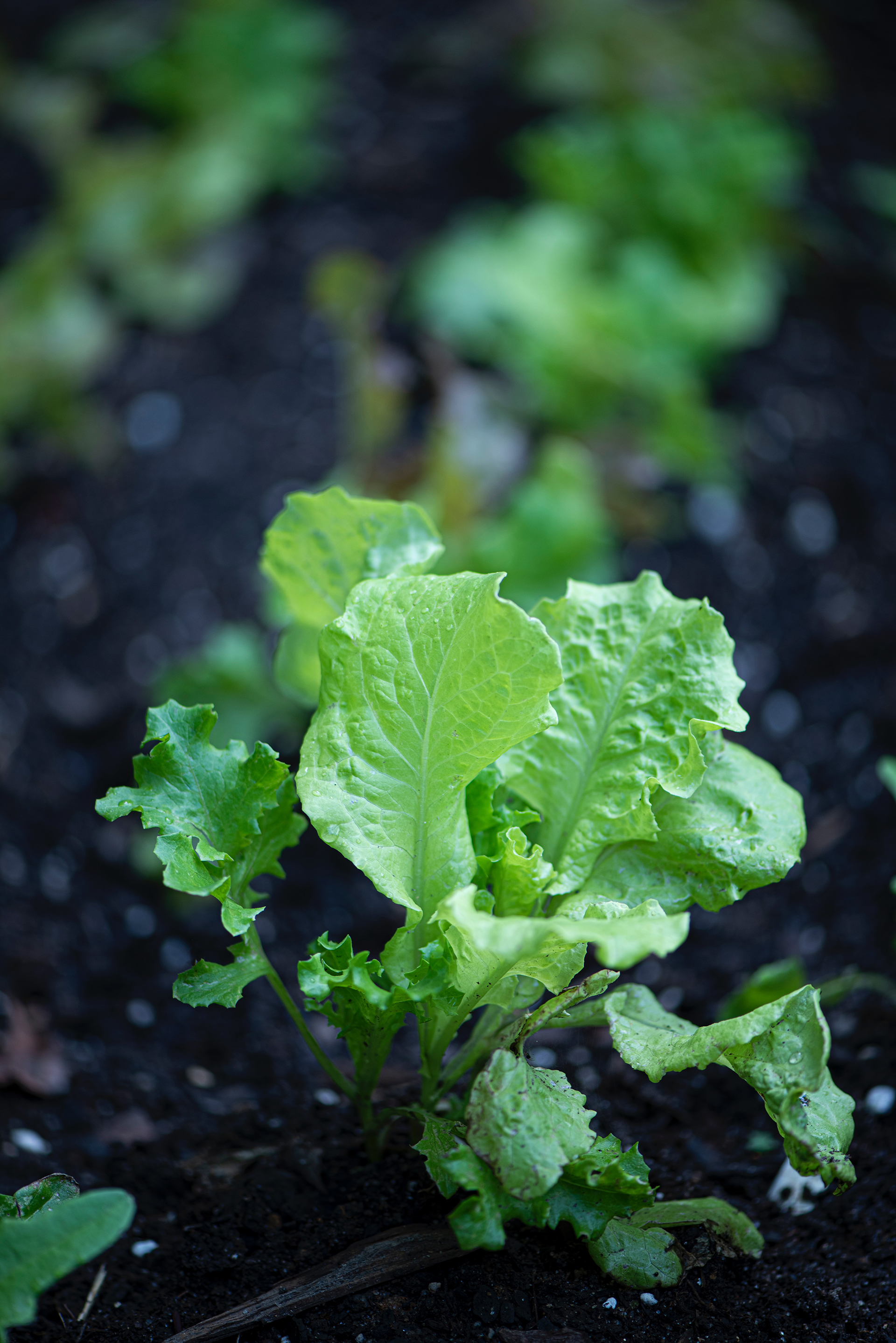
Lettuces can be grown in fall and are always a winner on the vegetable patch. If you sow them every few weeks through September and October, you should be able to enjoy a supply of fresh leaves through to spring.
Growing winter lettuce is no different from how to grow lettuce in the spring and summer. In fact, as cool-season crops, the germination and growth rates of lettuce can be better when they are planted in September.
You need to know how to harvest lettuce to ensure you get a continual supply of tasty and nutritious leaves.
This is a great selection of crops and plants to start you off, but there are many more options you could choose for what to plant in September.
Jobs to do in the garden in September
Lift, divide and replant clumps of herbaceous perennials when they have finished flowering, such as geraniums, delphiniums and lupins, to keep them healthy and multiply numbers
Trim hedges to maintain their shape, prevent them from becoming untidy and keep them growing well, but take care not to disturb any birds’ nests
Clean the greenhouse glass inside and out using warm, soapy water, and disinfect flooring and shelving with an environmentally friendly disinfectant to control pests and diseases
Deadhead late summer flowers, such as dahlias, roses and penstemons, to keep them blooming into autumn, by cutting just below the spent flowerhead
This feature was created by H&G sister brand, Period Living magazine
Subscribe to Period Living for more inspiration
Period Living is the UK's best-selling period homes magazine. A subscription provides you with all you need to know about caring for and improving a traditional house and garden
Sign up to the Homes & Gardens newsletter
Design expertise in your inbox – from inspiring decorating ideas and beautiful celebrity homes to practical gardening advice and shopping round-ups.
Rachel is senior content editor, and writes gardening content for homesandgardens.com, Homes & Gardens magazine, and its sister titles Period Living Magazine and Country Homes & Interiors. She has written for lifestyle magazines for many years, with a particular focus on gardening, historic houses and arts and crafts, but started out her journalism career in BBC radio, where she enjoyed reporting on and writing programme scripts for all manner of stories. Rachel then moved into regional lifestyle magazines, where the topics she wrote about, and people she interviewed, were as varied and eclectic as they were on radio. Always harboring a passion for homes and gardens, she jumped at the opportunity to work on The English Home and The English Garden magazines for a number of years, before joining the Period Living team.
-
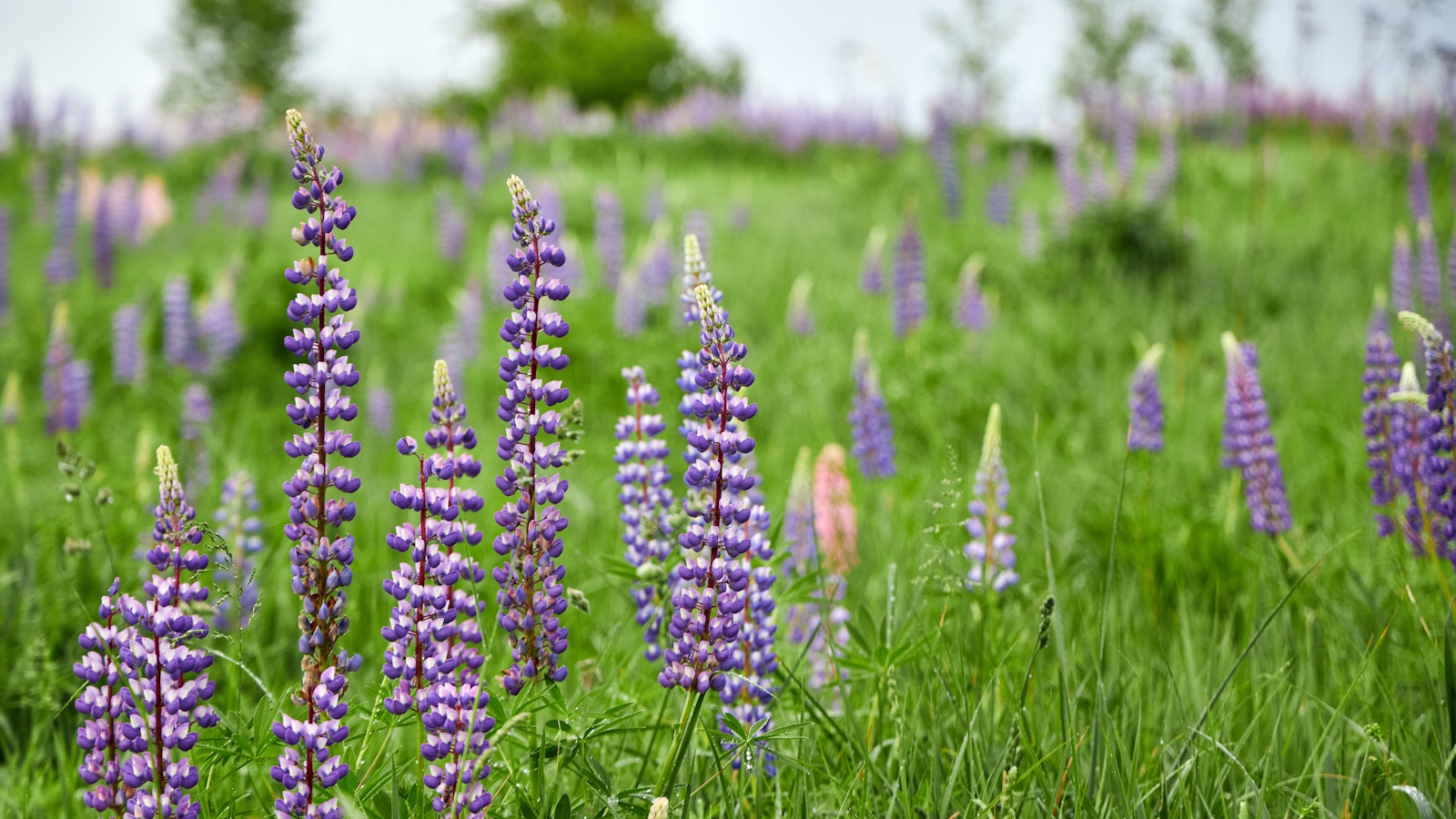 How to grow lupine – expert advice on growing this dramatic and vibrant cottage garden flower
How to grow lupine – expert advice on growing this dramatic and vibrant cottage garden flowerVibrantly colored flower stalks make swathes of lupines a sight to see in meadows and cut flower gardens alike
By Ellen Wells
-
 I’m a professional cleaner, and I swear by these quick and easy tips to clean pet hair from wooden floors
I’m a professional cleaner, and I swear by these quick and easy tips to clean pet hair from wooden floorsStaying on top of the mess makes it 10 times easier
By Carolina Kazimierski
